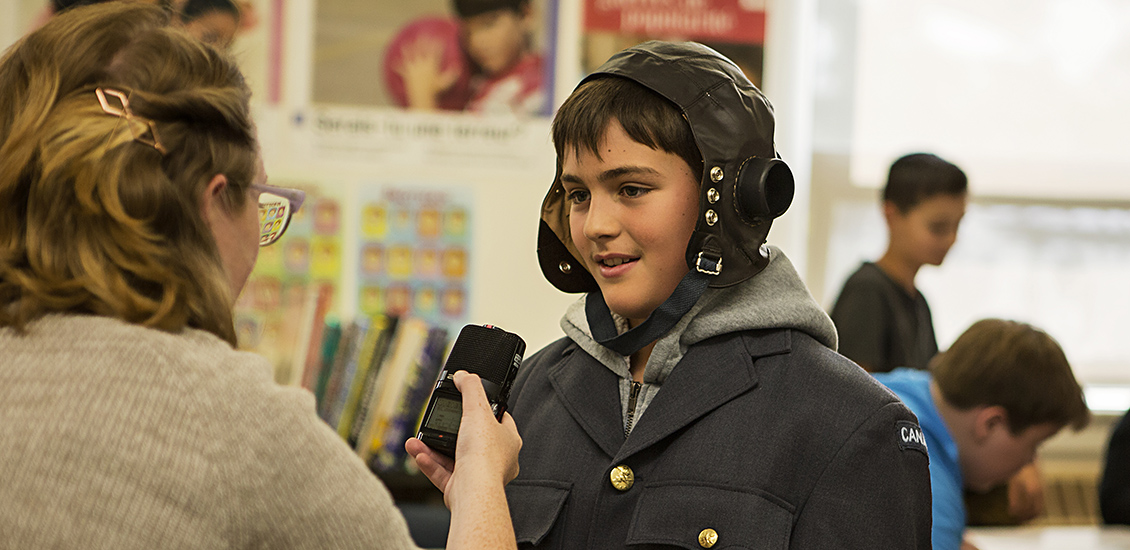On February 22, 2010, Porter Airlines and the Toronto Port Authority opened with great fanfare a new terminal at the Billy Bishop Airport (formerly Island Airport). Upon hearing about the grand opening, many wondered, “But who is Billy Bishop?” And yet, the famous First World War aviator was the recipient of many honours and made a distinct mark on Canada’s military history.
The Ace of aces
Born in 1894 in Owen Sound, Ontario, William “Billy” Avery Bishop entered the Royal Military College in Kingston in 1911. But Billy never graduated from RMC, with the First World War interrupting his studies.After a brief stint in the cavalry, Billy joined Britain’s Royal Flying Corps (Canada didn’t have an air force) where he took part in reconnaissance flights, in order to gather intelligence on enemy ground forces. Displaying skill and aggressiveness, he became a fighter pilot in the beginning of 1917 and shortly thereafter attained his first victory: aboard his Nieuport 17, Billy took down three German planes over Saint-Leger, France.
Not only did Billy Bishop become a daredevil pilot, but an excellent marksman as well: accordingly, he was raised in rank to captain and awarded the Military Cross. Billy continued to showcase his skills as an air ace, often flying alone on solo missions as he sought out enemy planes. On June 2, 1917, Billy went on a dawn patrol and ventured behind enemy lines where he encountered and attacked a German airfield. He shot down three planes in flight and several more on the ground. Bishop was awarded the Victoria Cross for his heroism, the highest gallantry award in the British Empire.
Billy’s Victoria Cross brought him fame and some notoriety. It was the only Victoria Cross ever awarded without a collaborating witness, and some of his contemporaries (as well as historians) have questioned whether the raid ever happened. There is conflicting evidence, although no one doubts that Billy was a brave and courageous flyer. Over the course of his service, the air ace was credited with shooting or driving down 72 enemy aircrafts and observation balloons, ranking him third among the top aces of the First World War, just behind Manfred von Richthofen, the famous German pilot known as the “Red Baron” (80), and the French pilot, René Paul Fonck (75).



Courage and guts
Throughout his career, Billy Bishop received 16 awards in recognition of his numerous acts of bravery and for his wide-ranging service, making him one of the most decorated Canadians of all time. We now know why the old Island Airport bears the name of this ace aviator!
There was another important dignitary present at the inauguration of the Porter Airlines terminal in February: the Canadian War Museum. In honour of the occasion, the CWM mounted a temporary exhibition of Billy Bishop artifacts, such as his impressive collection of medals and two uniforms. These medals, along with a replica of the Nieuport 17 plane and additional Bishop artifacts, are on display in Gallery 2 of the Canadian War Museum – “For Crown and Country” – which showcases Canada’s contribution to the South African and First World Wars.
Billy Bishop’s childhood home in Owen Sound, Ontario is now the Billy Bishop Heritage Museum, the first national historic site in Grey-Bruce County.



